Medical Micropigmentation Overview: Beyond Aesthetics
Read our comprehensive guide to medical micropigmentation for all the important info on transformative beauty treatments like scar and pigmentation camouflage.
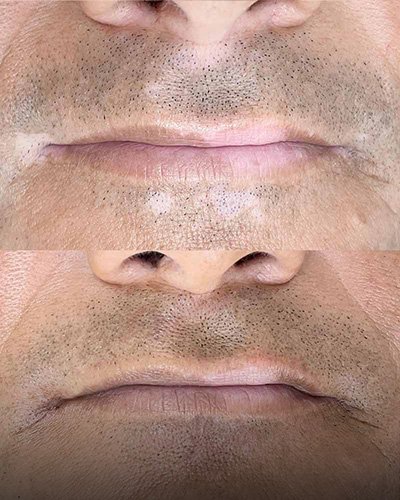
Image source : PMUhub
Explore more medical micropigmentation topics
In recent years, medical micropigmentation has become a popular treatment choice in the field of restorative and cosmetic procedures.
Medical micropigmentation, sometimes referred to as medical or paramedical tattooing, is used to help disguise accidental burns and surgical scarring and mimic or recreate the appearance of hair, nipples and areolas, or fingernails and toenails.
In this guide, we explore the diverse applications of medical micropigmentation, focusing on key areas such as restorative micropigmentation, medical scalp micropigmentation, cover-up for hair transplant scars, and much more.
What Is Medical or Restorative Micropigmentation?
Restorative micropigmentation is a range of powerful techniques that go beyond conventional cosmetic enhancements. It offers individuals a renewed sense of confidence and empowerment.
Micropigmentation is most often used on the face to enhance eyebrows, eyelids (as eyeliner), and lips. It’s also used to camouflage or improve scars, even out skin tone, and restore color to areas of skin that have lost their pigment.
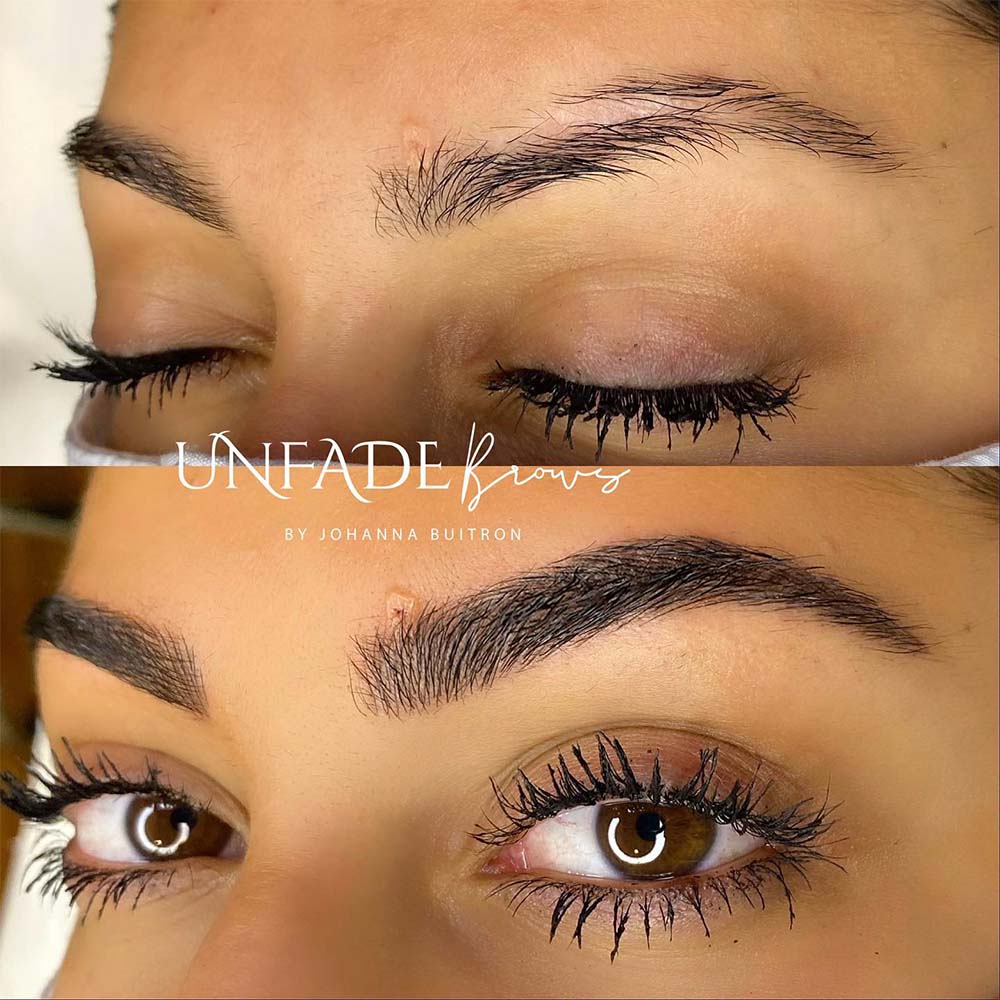
What Is Restorative Micropigmentation Used For?
Restorative micropigmentation can be used to camouflage and improve a wide variety of inherent skin conditions as well as those that developed as a result of surgery.
Micropigmentation may be a treatment solution for the following conditions:
- As a follow-up to different facial reconstructive surgeries.
- As a way to replace eyebrows that are thinning due to aging or underlying medical conditions like alopecia.
- As a way of camouflaging the lack of pigment in the skin due to vitiligo.
- As a way to recreate the nipple and areola after breast surgery.
- As a way to camouflage different types of facial and body scarring.
Medical Scalp Micropigmentation
One notable application of restorative micropigmentation is medical scalp micropigmentation (commonly referred to as SMP).
SMP is a non-surgical procedure that creates the illusion of hair density by mimicking tiny hair follicles on the scalp with the help of cosmetic pigments and an electric PMU machine.
It provides an effective solution for individuals experiencing hair loss or hair thinning due to alopecia, offering a natural-looking hairline and improved self-esteem.
Micropigmentation for Hair Transplant Scar
For those who don’t want to rely on SMP to camouflage their hair loss, hair transplant surgeries exist and are still popular to this day. However, these types of surgeries sometimes leave visible scarring on the scalp.
Micropigmentation for hair transplant scar provides an efficient solution for concealing these types of scars by applying dots of cosmetic pigments that match the surrounding hair color. In this way, the scar can blend seamlessly with the surrounding hairline.
This technique offers a viable option for individuals who have undergone hair transplant procedures and desire a more even and uniform appearance.
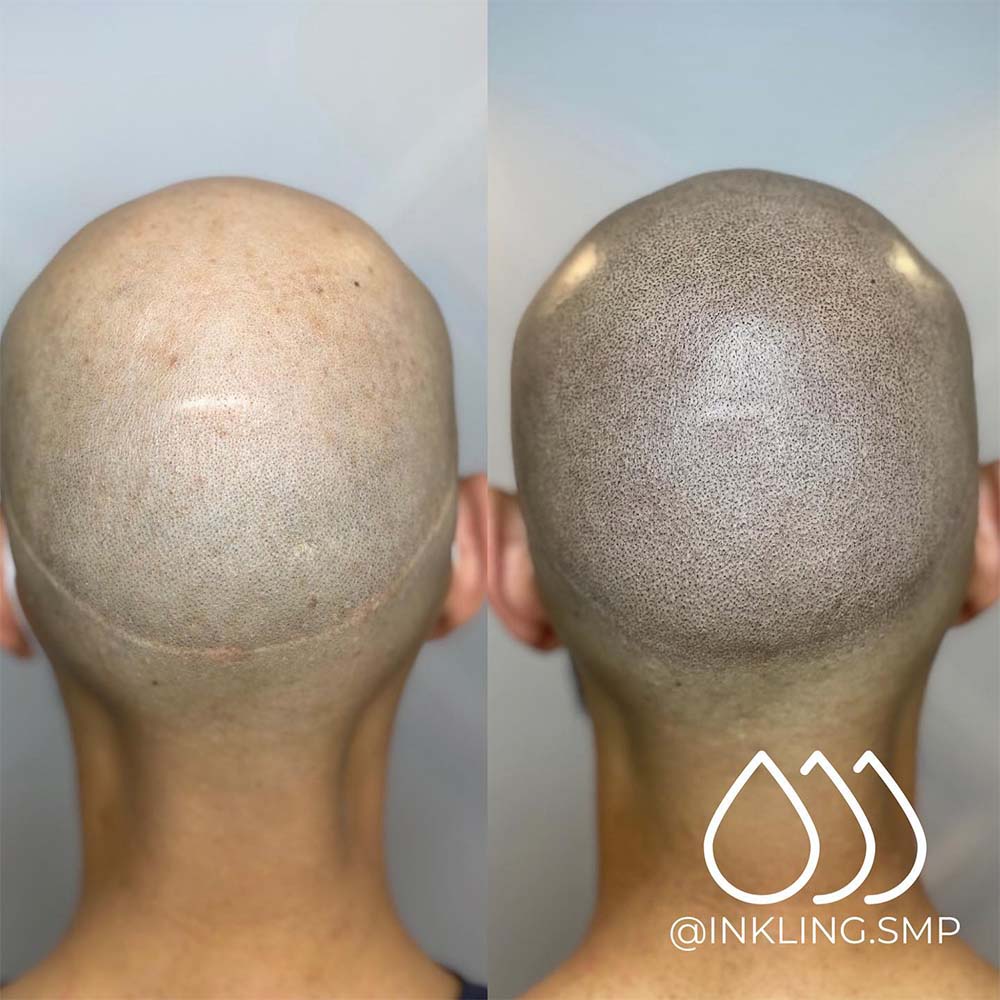
Nipple & Areola Medical Micropigmentation
Breast reconstruction is an important aspect of recovery for individuals who have undergone mastectomy or breast-conserving surgery due to breast cancer.
Areola and nipple tattooing, as a form of medical micropigmentation, play a significant role in the final stages of breast reconstruction.
By carefully replicating the natural appearance of the areola and nipple, these treatments help restore the sense of femininity and completeness for breast cancer survivors.
The procedure can be customized to match the size, color, and shape of the patient’s natural areola. Heart nipple tattoos are also a common choice of medical micropigmentation among breast cancer survivors.
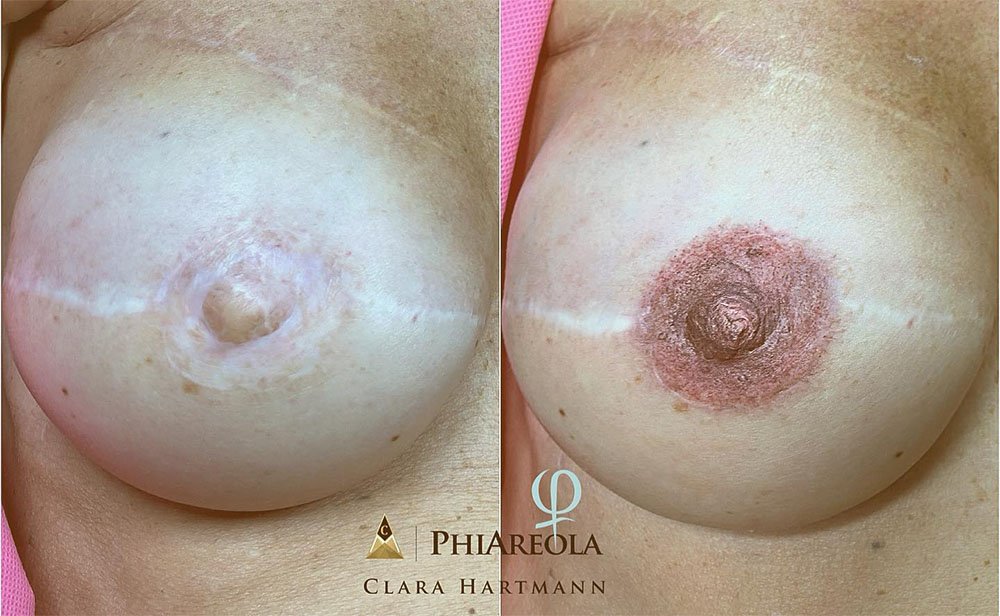
Scar Camouflage Treatments
Scars resulting from surgeries, accidents, or injuries can be a constant reminder of past traumas and may impact an individual’s self-esteem.
Medical micropigmentation offers an effective solution for concealing scars through scar camouflage, otherwise known as scar revision. By applying pigments that match the surrounding skin tone, the appearance of scars can be significantly reduced or even completely concealed.
The most popular scar camouflage treatments are stretch mark camouflage and tummy tuck scar camouflage among others.
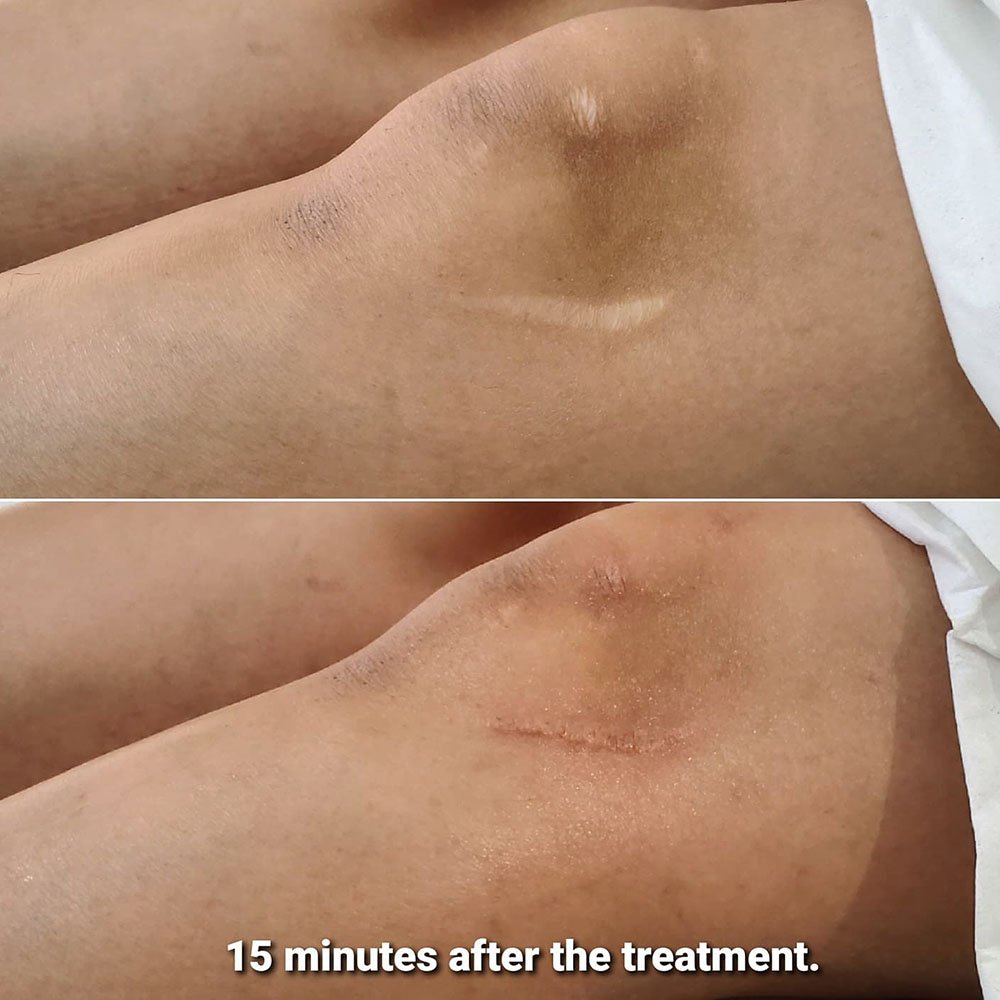
Stretch Mark Camouflage
Stretch marks are often a cause of insecurity, especially among women. They are often a result of significant weight fluctuations related to pregnancy and growth and can be a source of self-consciousness for many individuals.
Medical micropigmentation offers a way to camouflage stretch marks by blending them in with the surrounding skin using cosmetic pigments.
If you’re looking for a more permanent way to conceal stretch marks, there are treatments like the Brazilian stretch mark camouflage that use traditional inks instead of semi-permanent ones.
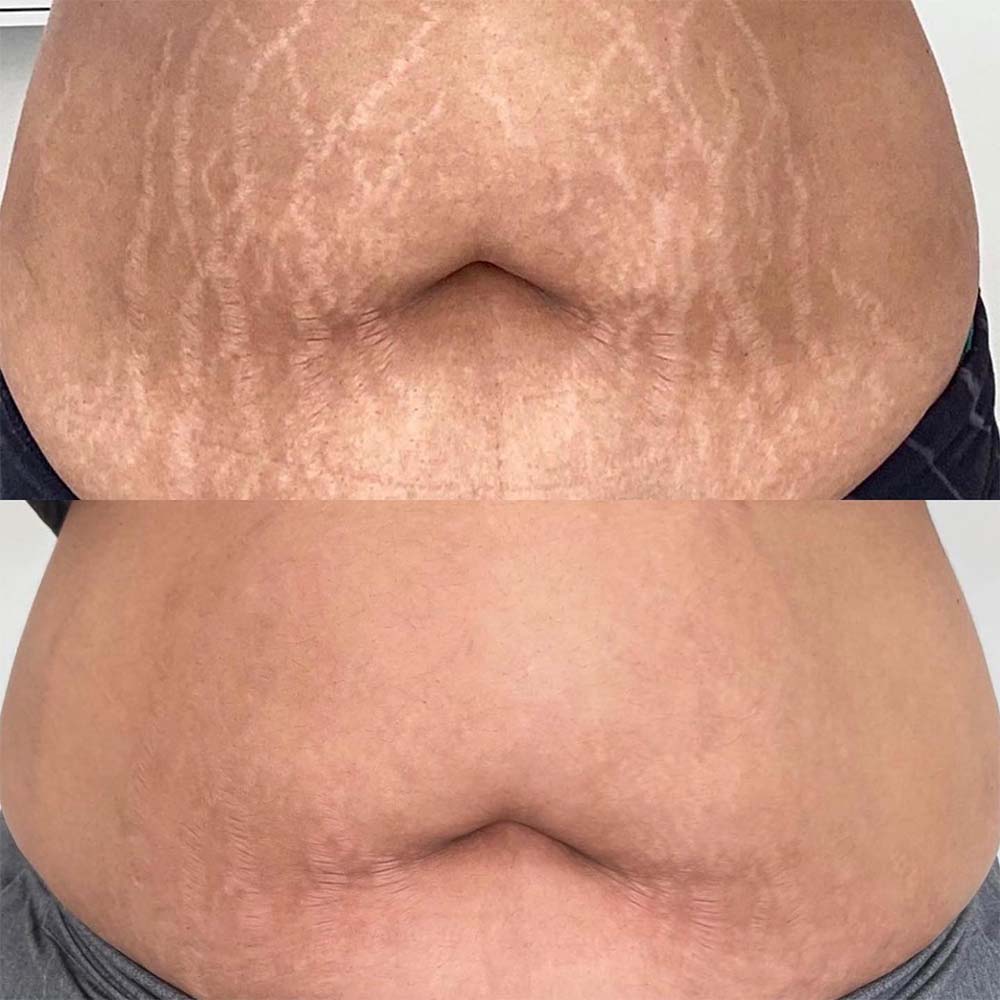
Alopecia and Trichotillomania Camouflage
Micropigmentation can also be beneficial for individuals with different forms of alopecia or trichotillomania (hair-pulling disorder).
By replicating the appearance of hair follicles or adding pigment to the scalp, eyebrows and eyelids, micropigmentation provides natural-looking results and helps these individuals regain their confidence.
Vitiligo Camouflage Treatments
Vitiligo is a skin condition characterized by the loss of pigmentation, leading to noticeable white patches on the skin.
Medical micropigmentation can camouflage these patches and achieve a more even skin tone by carefully matching the pigments to the surrounding skin color, reducing contrast between the affected and unaffected areas of the skin.
Vitiligo camouflage through micropigmentation allows individuals to embrace their individuality and feel more comfortable in their skin.
Cleft Lip Restoration
Cleft lip and palate are congenital conditions that affect the upper lip and roof of the mouth.
Restorative micropigmentation can be used after surgery to add color and balance to patients’ lips.
Micropigmentation can help create a natural-looking lip line and add dimension to the affected area. This technique offers affected individuals the opportunity to enhance their facial features and boost their self-confidence.

Restorative Toenail & Fingernail Micropigmentation
Restorative toenail and fingernail micropigmentation is a treatment that aims to create the appearance of a natural toenail or fingernail or to disguise imperfections such as permanent nail damage.
It is often used for individuals who have undergone surgeries, suffered injuries, or have conditions that affect the appearance of their nails, such as onychomycosis (fungal nail infection) or psoriasis.
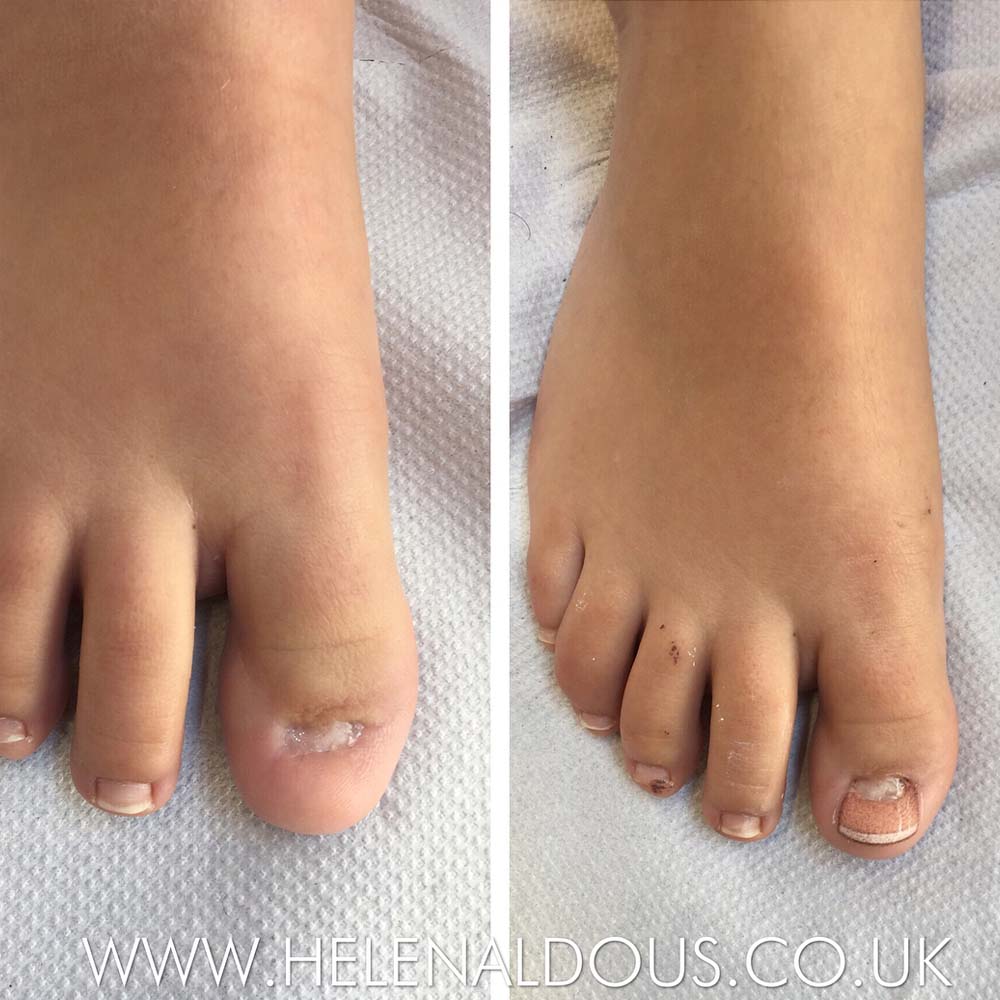
What Are the Risks of Medical Micropigmentation?
There are several risks or complications that can occur due to micropigmentation. These include:
Infection
Since micropigmentation is done with an electric machine that uses thin needles to implement pigment into the skin, there’s always a chance of infection if the needles used during the procedure are not sterile or if the ink is contaminated.
Infections due to these concerns are typically much less likely if the procedure is done by an experienced and trained professional.
There’s also the possibility of the area getting infected in the days after the procedure, during the skin healing process. This happens when clients don’t follow the prescribed aftercare routine closely enough.
Allergic Reactions
Allergic reactions to cosmetic ink are not a common side effect of micropigmentation, but if you’re susceptible to seasonal allergies, food allergies, or have sensitive and reactive skin it is important to do a patch test beforehand.
Scarring
Your body can react to ink as a foreign substance and may form nodules (called granulomas) around the particles of pigment.
Keloids are scars that can form when your skin is injured or traumatized. Keloids tend to be larger than the injured area of the skin.
People prone to keloid scarring are advised against getting any form of permanent makeup procedures including medical micropigmentation.
MRI Complications
There have been some reports of cosmetic pigments interfering with the quality of an MRI (magnetic resonance imaging) scans. There are also a few cases of swelling or burning in the tattoo area of patients’ faces who have undergone MRI imaging of their heads.
It is very important to notify your physician if you’ve had any type of cosmetic tattooing done before getting an MRI scan, even if they don’t ask (which they should).
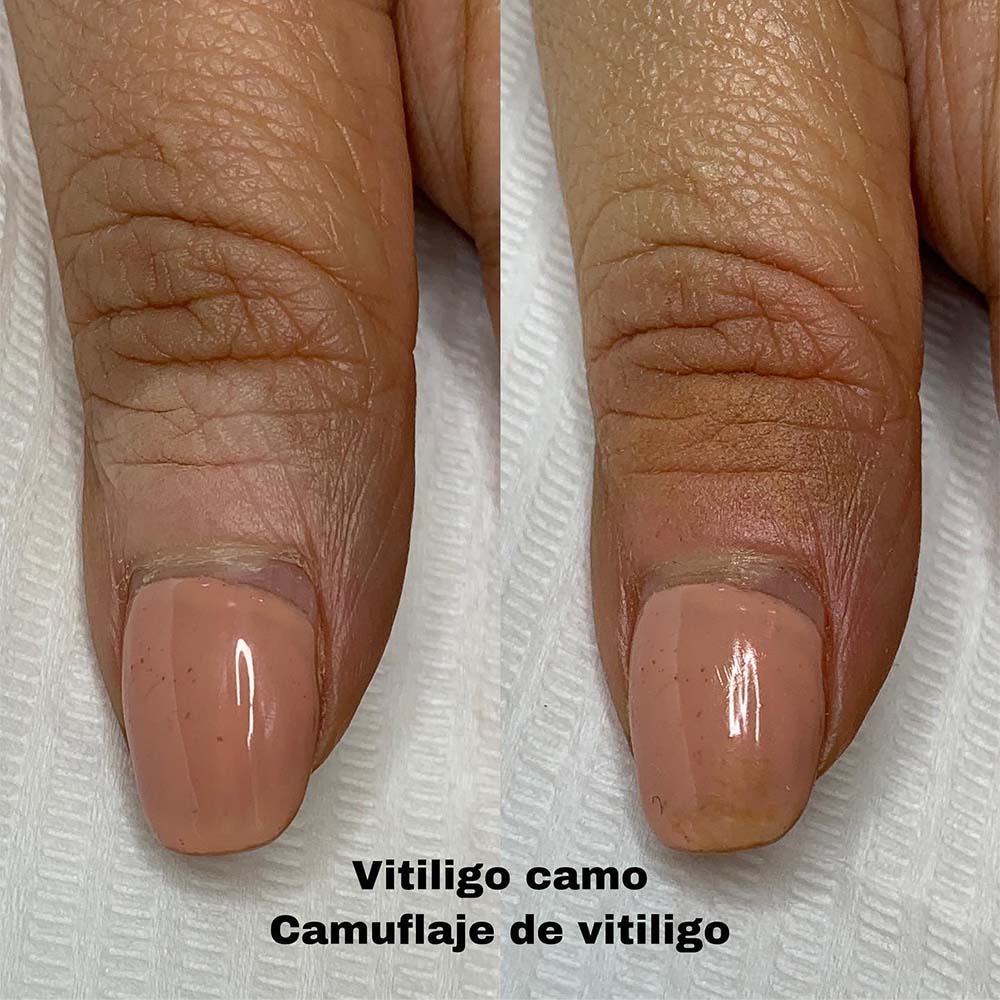
Who Shouldn’t Get Medical Micropigmentation?
As long as you are generally healthy and don’t have any skin diseases or infections in the treated area, there are a few medical reasons why you shouldn’t get micropigmentation.
Those who are pregnant or breastfeeding should postpone their treatment, as the risks of permanent makeup pigments ending up in their bloodstream and transmitted to the fetus or newborn baby are yet unknown.
Insulin-dependent diabetics and people with underlying heart conditions like high blood pressure are also advised against getting this treatment.
Medical Micropigmentation – Main Takeaways
Microblading is the most popular form of permanent makeup for a reason.
It saves time, boosts your confidence, fixes any small brow imperfections you may be feeling self-conscious about. And all that without reapplying, running, smudging, or worrying about your brows for up months or years!
This treatment can truly change your life, but make sure you always go to a trained, certified artist in order to stay safe and get fabulous results.
weekly insight into PMU insdustry
Subscribe to our FREE newsletter. 100% good stuff.

support us so we can keep providing you with free education , information and inspiration.
